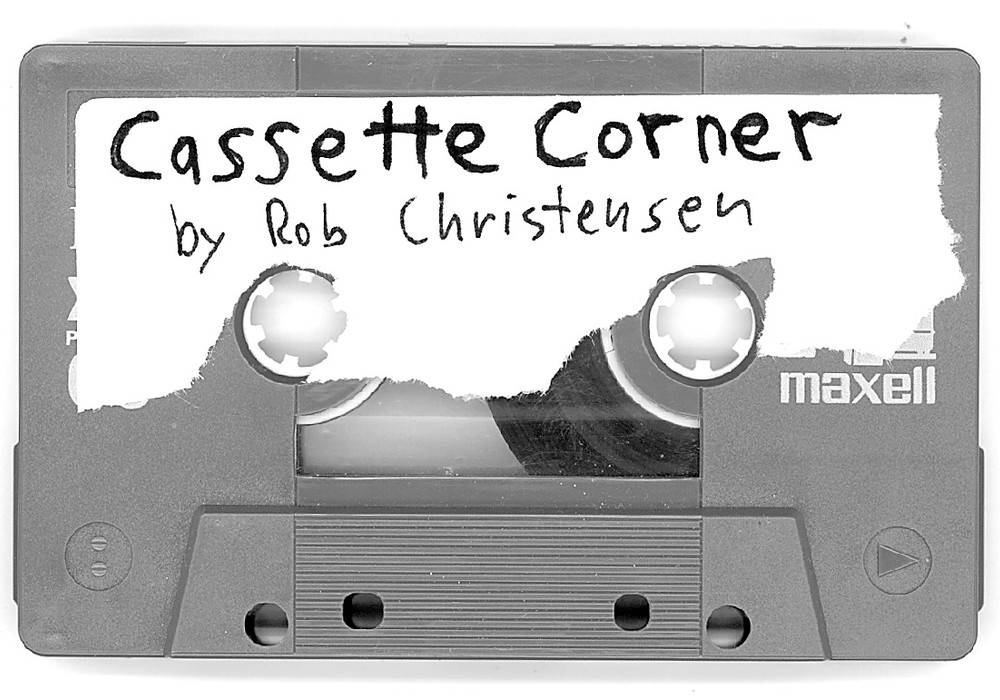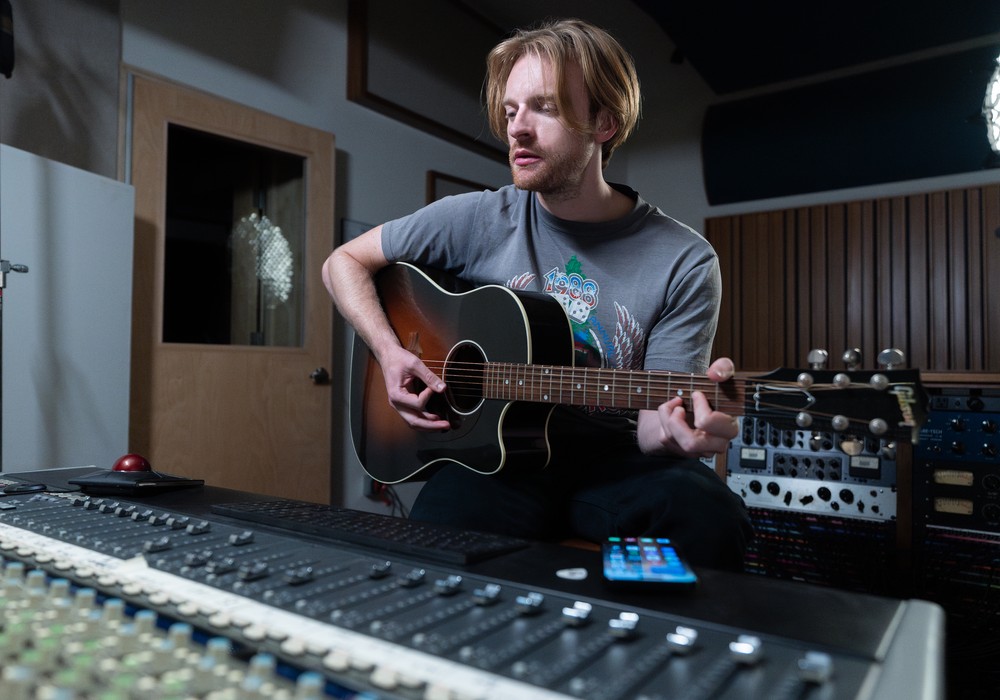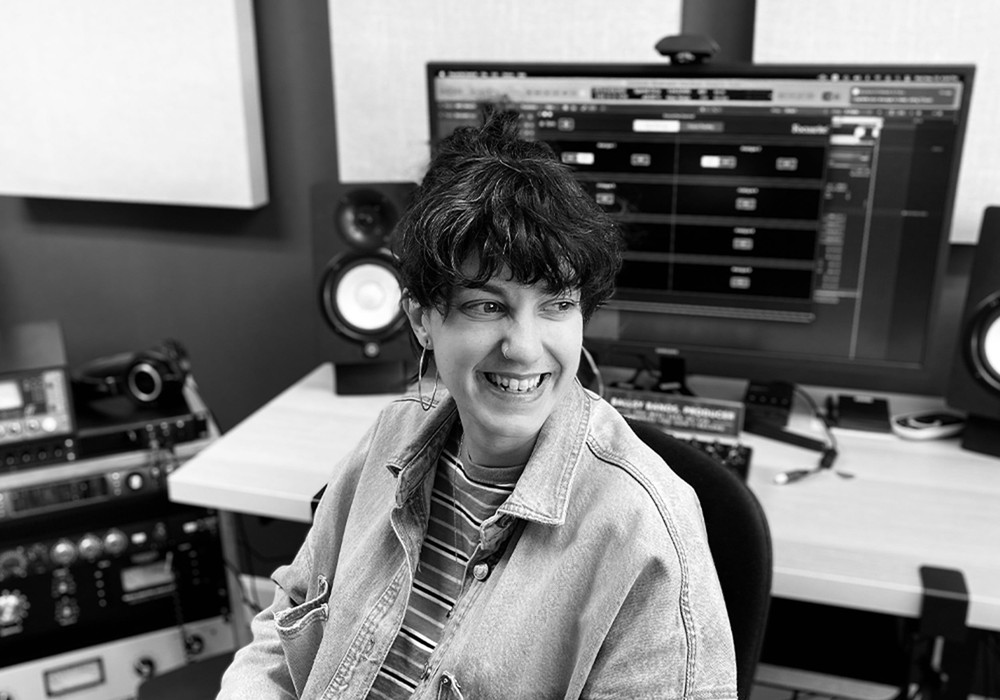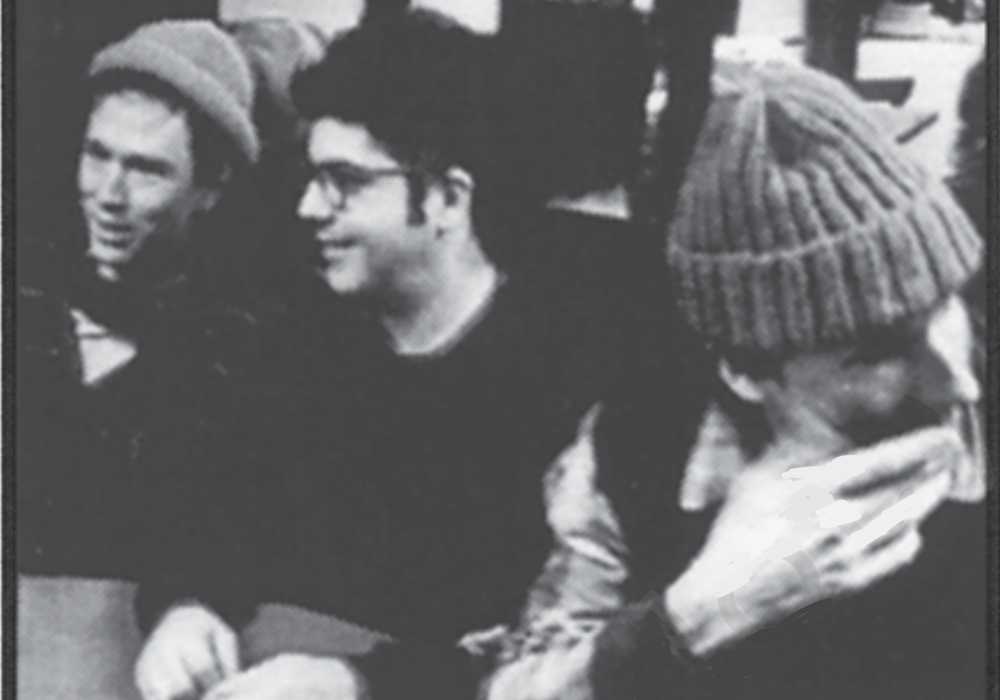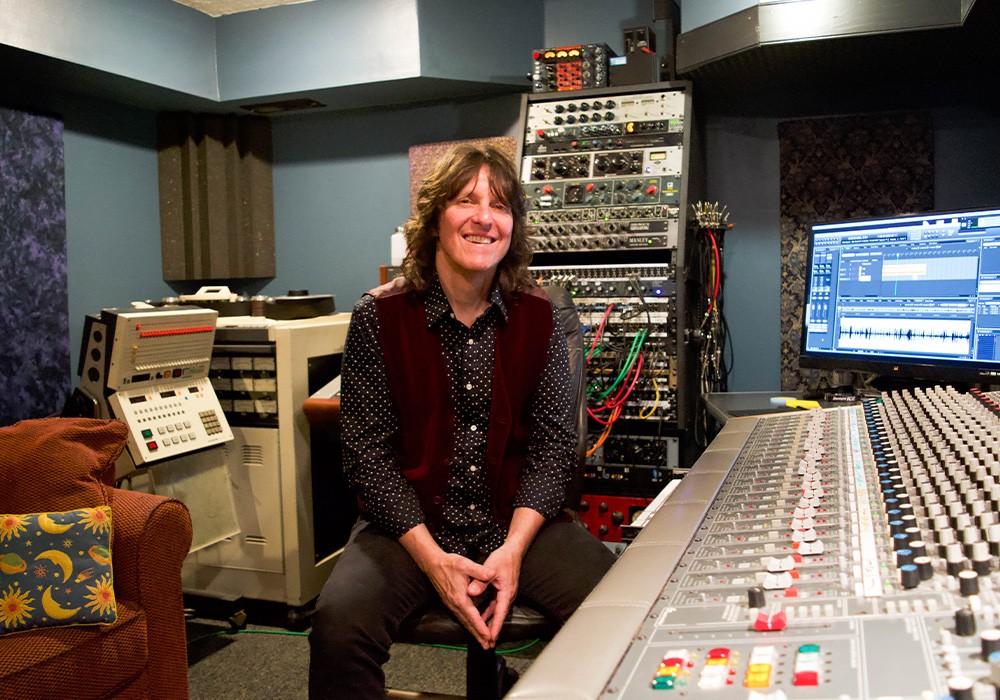Since the early '80s James Demeter has been promoting the use of tubes in pro audio, and in his excellent amps as well.
What were you doing before you started making gear?
I was the guitar player. I was in a band called The Heaters. We were on Capitol Records. We made it to number 56 on the Billboard Top 100. But we had management who stole our money, and who were incompetent. I found myself with a pregnant wife and no real money. I started working for my good buddy, John Caruthers, who had a guitar business. He brought me in to do some electronics for him. We wired guitars and started to dabble with building things. My cousin was a technician at Jensen Transformers at the time, and he started to mentor me on the basics of audio design. We decided to make a direct box; lord knows those things sounded like shit back then. It was always just a straight transformer, except for the Countryman direct box, which is probably the only decent sounding one out there. I figured I could do better with a Jensen transformer. That evolved into the first Tube Direct box. In 1982 it was the only tube direct box available. I was loaning it out. The road guy for REO Speedwagon took it to a recording session, and the engineer threw it out because he said, "We just got rid of all those damn tubes, and I don't need anymore of those!" Eventually they found their way all over the place, and all over the world. I was just talking with the guys from The Who; they still have their original ones, which are now 30 years old.
What products followed that?
The next product that followed was actually the tube bass preamp. I started making those and people like Stanley Clarke and Leland Sklar bought them. That was followed by my deepest step into the dark side — a tremolo pedal. The [TRM-1] Tremulator came about when Ry Cooder came into the shop and said, "No one makes a tremolo anymore." I made him one using a sine wave. He kind of liked that, but he said, "It's still not quite right." He brought in his Fender Twin amp that had a tremolo — those used a triangle wave that was slightly clipped. I came up with the second version, which is still basically what I'm selling today. I thought I was never going to go into that business; but people kept on asking me for them, so I kept on making them.
Is that probably one of your top-selling units?
Over the years, yeah. We sell a few hundred a year. Not so much now, anymore. The pedal business slowed down a bit.
There's a lot of competition now.
Yeah, there're four or five clones of it out there.
You're not coming from an EE degree. How did you learn to do all this circuit design? Was it just a process of picking up the knowledge?
Yes, as my cousin said, I had a knack. It was like plumbing, but with electrons. I look at it more like cooking with electrons, because I love to cook. It's that weird combination of skills. I used to work at a stereo store and we were a McIntosh dealer. I started to look and see how they worked. I noticed that in the phono section, if I took out that RIAA equalization, I had a tube op amp circuit. So my first mic preamp was basically using that concept, with changing the impedances and the feedback. What they used to call a totem pole circuit was used to drive the low impedance output. That was the first mic pre.
It's interesting, coming from the audiophile or the home-stereo type of world...
I didn't know anything about pro audio designs. When I finally looked at them, I said, "These are kind of primitive." Because the audiophiles really were all about sound, and the pro audio guys were really thinking about utility, to a larger extent. You know, long lasting. They weren't after the cutting edge of high fidelity, at that time.
I had always wondered where the origins of the first tube preamp were coming from.
Just looking at it from a hi-fi guy's thing. Totally different...
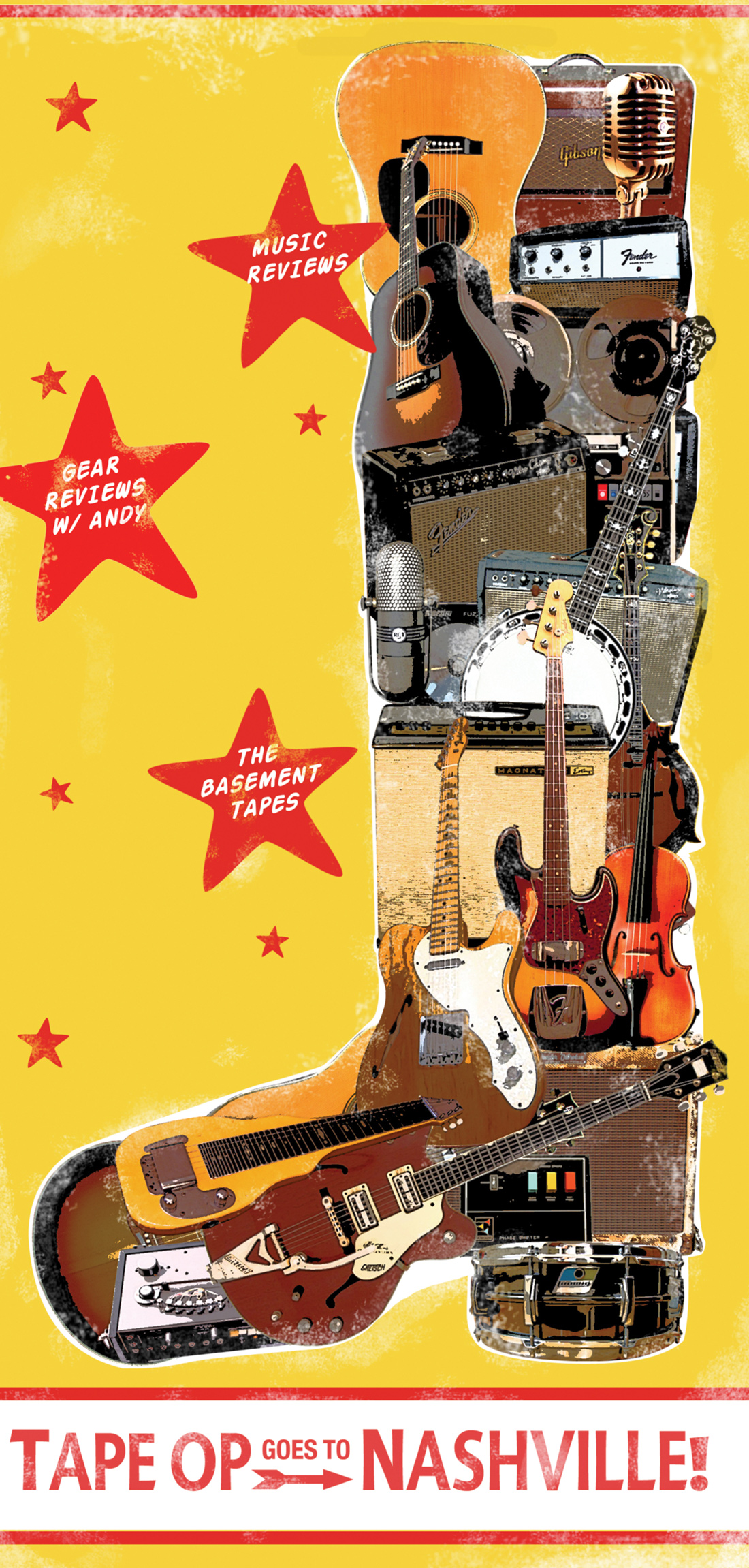

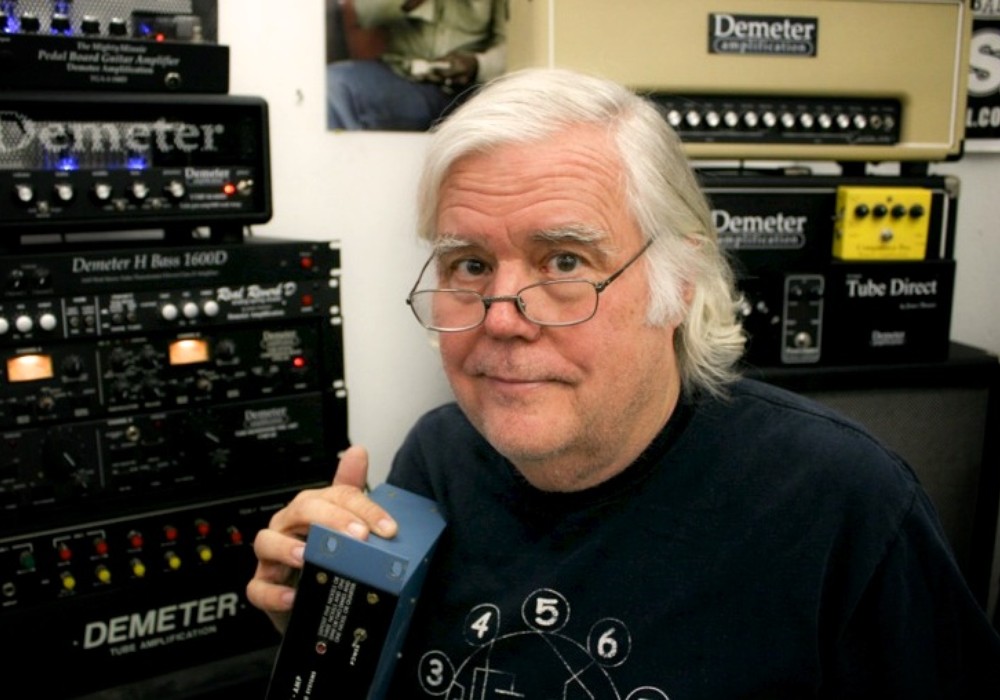


_disp_horizontal_bw.jpg)

